
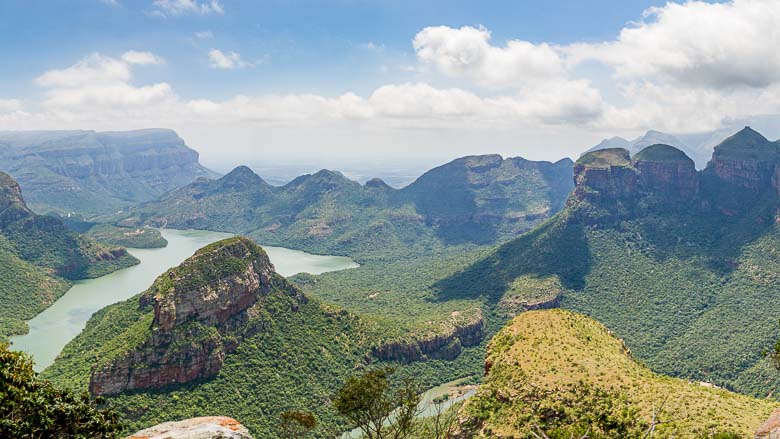
One of the country's most scenic self-drives, the Panorama Route, explores the Mpumalanga highlands, or the north-eastern section of the Great Escarpment of the Drakensberg. In these rugged mountains the plateau comes to an abrupt and dramatic halt, falling steeply away into the Lowveld accompanied by incredible views out over the grasslands of Africa.
The most popular stretch of the route is the R532 that winds its way from the town of Sabie via a selection of graceful waterfalls - the Sabie Falls, Bridal Veil Falls, Mac Mac Falls - to God's Window, the Blyde River Canyon, Bourke's Luck Potholes and the Three Rondawels.
These rondavels have had many names like the Three Sisters and The Chief and his Three Wives, which is a name given by the indigenous people who were living in that area.
Another treasure in the area is these waterfalls, which are the second highest Tufa waterfalls in the world. The Kadishi Tufa Waterfalls are known as the 'weeping face of nature' due to the waterfall personifying a 'weeping' face.
Admire a naturally carved, free-standing rock buttress at The Pinnacle Rock, a metamorphic rock fringed with vegetation arising from a forest.
The Zenith of the Panorama Route, God’s Window is such a picturesque view point that it has been called “God’s Window”, due to the sheer natural beauty contained in one view.
Go see the magnificent rock features called “Bourke’s Luck Potholes”. These enormous potholes have been carved by pebbles swirling around in the pools where the Blyde and Treur River meet and become one.
These caves are some of the oldest caves in the world and stretch some 40km into the earth with some underground chambers that are more than 60m in height. The caves got their name from their stalactites, that create an echoing sound when drummed upon and can even be heard outside the cave system.
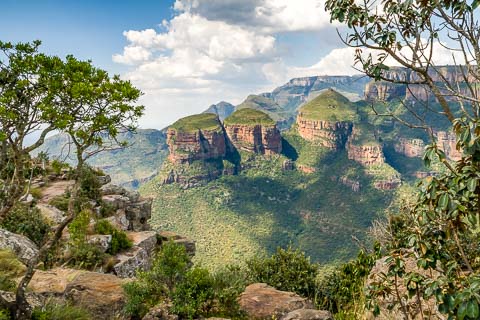
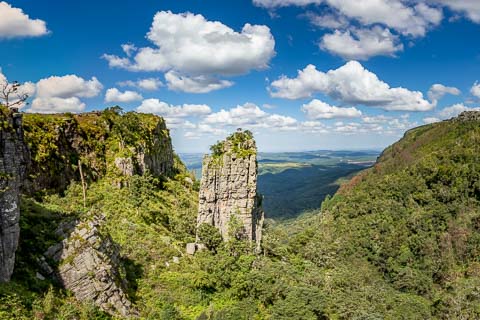
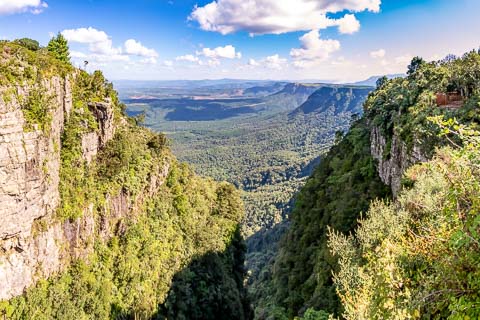
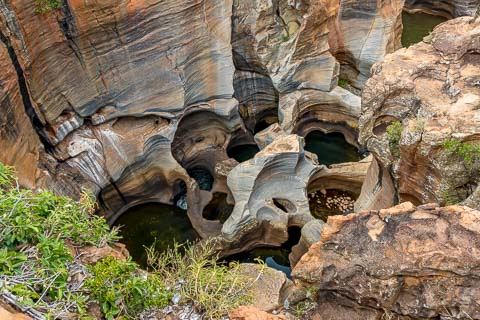
The oldest well-preserved sequence of volcanic and sedimentary rocks spanning the time period of 3.5 – 3.2 billion years ago. The trail has 11 marked points, including Lebombo view which is 25km out on the trail. This is a beautiful lookout and perfect for a picnic. At this point there are examples of all the rock formations with descriptions for each. There are no toilets or cellular phone reception on the route, but travelers with passports can cross the border into Swaziland and visit the excellent mining museum just 2km from the border where there are toilet facilities and a restaurant.
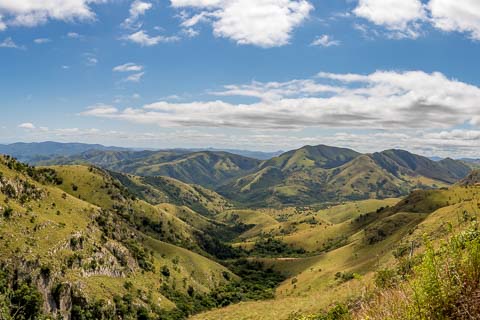
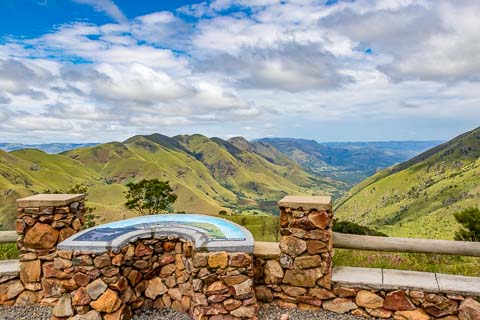

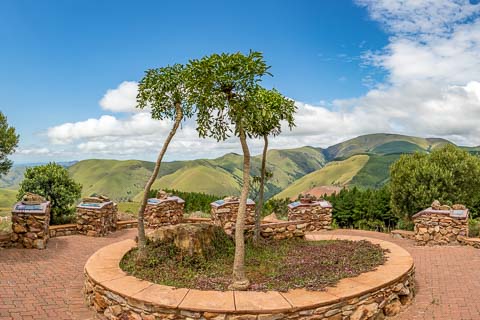
The Lisbon Falls are situated in the heart of the waterfall area of Mpumalanga, where the number of these dramatic falls exceeds that of anywhere else in southern Africa. Lisbon Falls is 94 metres, or 308 feet, high, which makes it one of the highest in the province.
Being located just north of Graskop fourty minutes away from Hazyview outside the popular Blyde River Canyon Nature Reserve, Lisbon Falls is convenient and accessible to locals and to visitors from all over the world.
The mighty Berlin Falls are close to God's Window, north of Graskop. A special observation platform has been built to view this natural wonder, one of the most spectacular along the Panorama Route. The Watervalspruit plunges down a cliff, 80 meters high into a huge green pool.
Being located just north of Graskop fourty minutes away from Hazyview outside the popular Blyde River Canyon Nature Reserve, Lisbon Falls is convenient and accessible to locals and to visitors from all over the world.
Situated an easy 10 minute drive out of Sabie and with beautiful indigenous forest, picnic facilities, a sandy beach and pool for swimming, Lone Creek Falls is the perfect day’s outing. Added to this, a network of walking paths allows visitors the opportunity to view the 68 m falls from every possible angle, and it is possible to find a quiet corner away from tourist crowds from which to enjoy the falls for yourself. Together with the indigenous vegetation in the kloof below the waterfall, Lone Creek Falls has been declared a national monument in recognition of its beautiful natural aesthetics.
Another of Sabie’s gems, the Bridal Veil Falls are infinitely more delicate than any of the other waterfalls in the area and named for their resemblance to a the sheer veil of a bride’s wedding outfit. Water in these falls doesn’t plunge – it drifts gently over the rocky overhang in a fine spray that kisses the rocks below. A forested (and slippery!) pathway leads to a pool below the falls and then wraps around the base of the cliff to behind the falls themselves, and is great fun to explore!
Tumbling 70m in two double streams with water rainbows, white spray and a deep, dramatic pool, this is what waterfalls are supposed to look like.
This waterfall was originally a single stream, but gold miners blasted it with dynamite to divert the river in an attempt to work the rich gold-bearing reef over which it plunges.
The Sabie Falls is situated on the R532 on the outskirts of Sabie under the new bridge across the Sabie river. A short walk brings you to a viewpoint where the waterfall plunges 73m down the Sabie Gorge. The foundations of an old hydro-electric plant - from where Sabie obtained it's electric power in 1907 - can still be seen at the bottom of the falls.
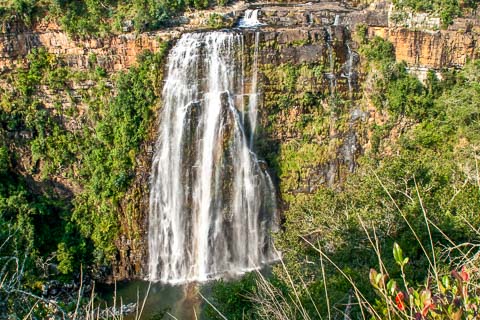

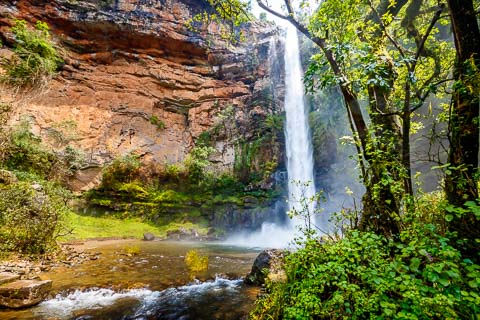
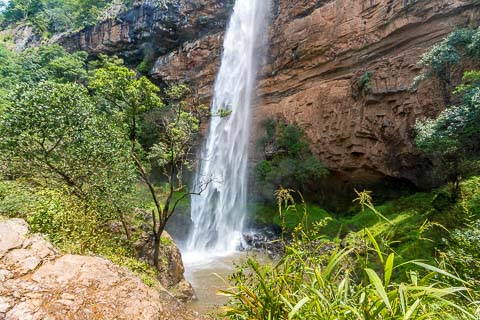
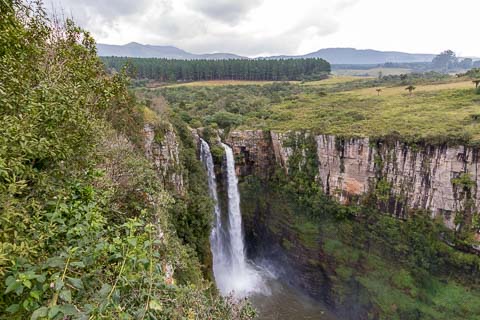
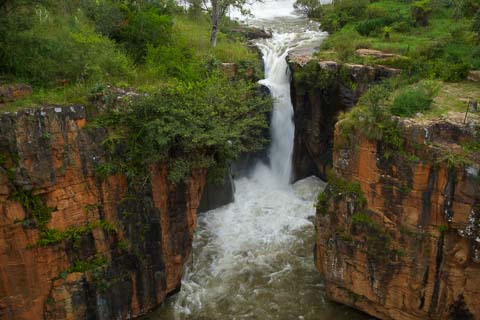
The Lowveld Botanical Garden is all about the two rivers that run through it; that fashion the garden with a unique quality of its own. The Crocodile River enters the garden with a tremendous rush, gushing through a narrow, pot-holed solid rock gorge, whilst its counterpart, the Nels River, cascades down a waterfall from the west - the two content to merge in a somewhat more gentle pool.
The Lowveld National Botanical Garden lies just outside of town, a beautiful 159 hectare space dominated by rugged, rocky river scenery, and home to over 600 naturally occurring plant species, and a further 2000 that have been introduced to the garden.
Gates open 08h00 – 17h00
Small entrance fee is charged at the gate.

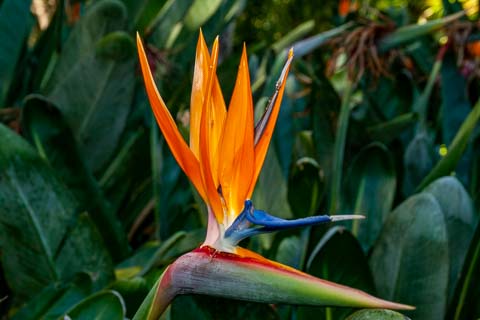
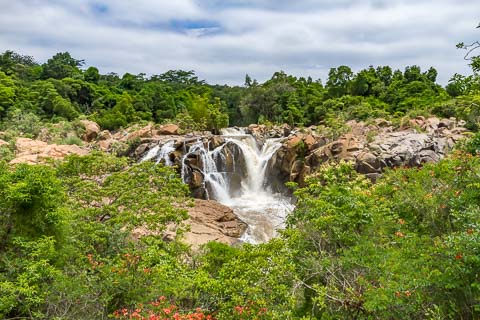
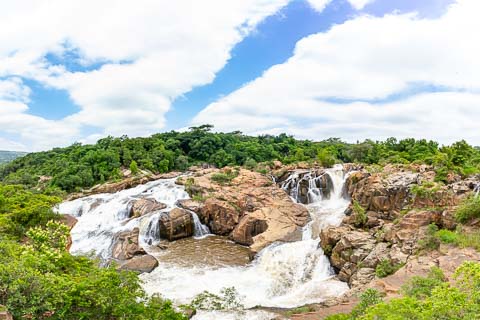
The Sudwala Caves are part of the Malmani Dolomite Ridge, in turn part of the Drakensberg escarpment, near Nelspruit in Mpumalanga. They are solutional caves – that is to say they were formed by natural acid in groundwater seeping through faults and joins, and dissolving rock. This most often occurs when the rock is dolomite rock and/or limestone. The caves themselves formed about 240 million years ago. They are the oldest caves in the world.
There are a number of speleothem structures in the cave, known by names such as the "Lowveld Rocket", "Samson's Pillar", and the "Screaming Monster"; some have been dated to 200 million years old. There are also microbial fossils of a cyanobacterium known as collenia in the rock; these formed 2000 million years ago.
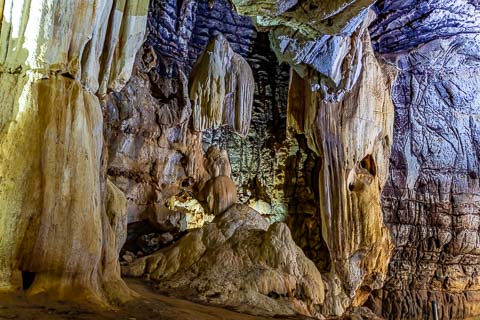
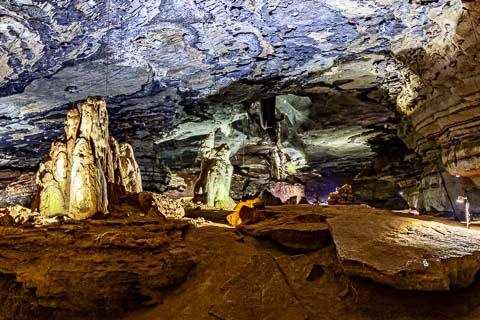
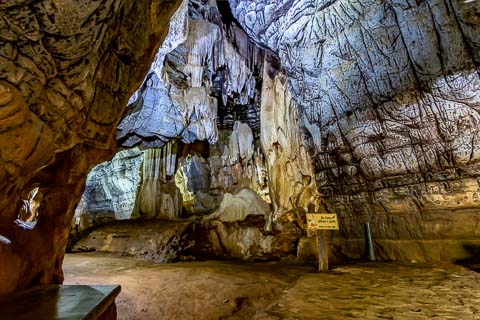
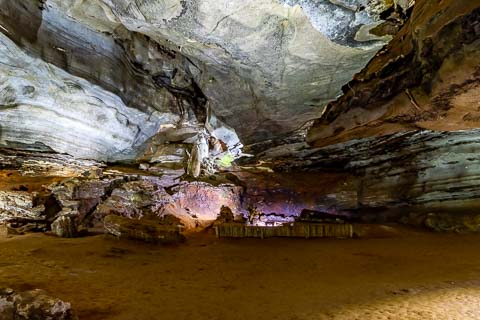
To explore the interactive Google Map below, click on any of the coloured icons or the info icon to the left on the map's menu bar:
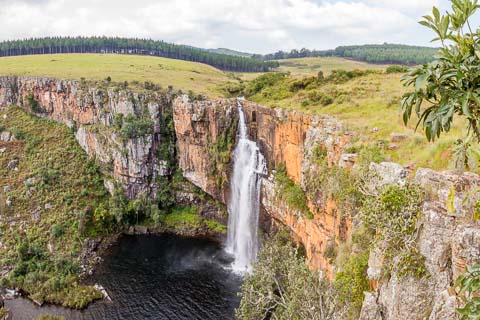
R37 between Sabie & Lydenburg
Sabie, 1260
+ 27 (0)13 764 3377
+ 27 (0)73 375 1817
+ 27 (0)13 764 3377
mistymtn@iafrica.com
Misty Mountain
Accommodation
© 2024 Misty Mountain
All Rights Reserved